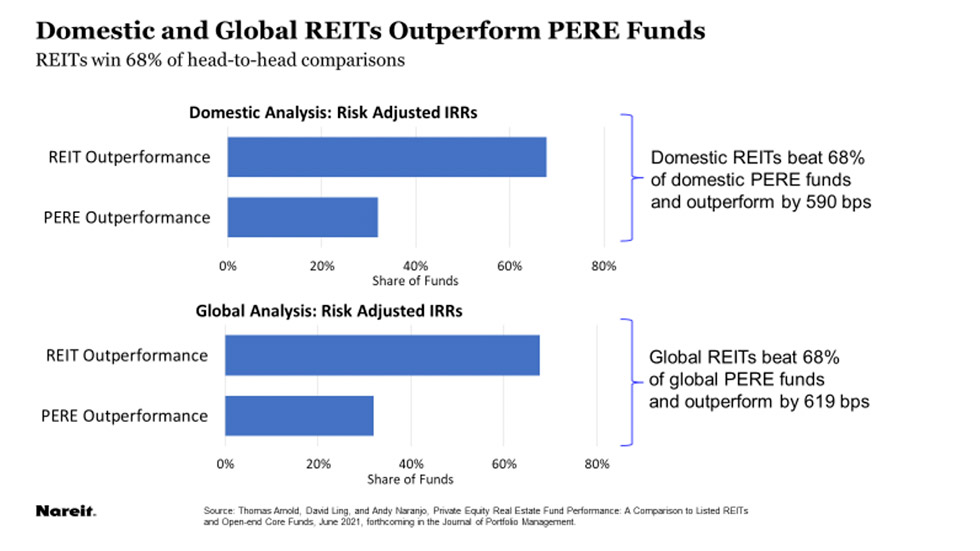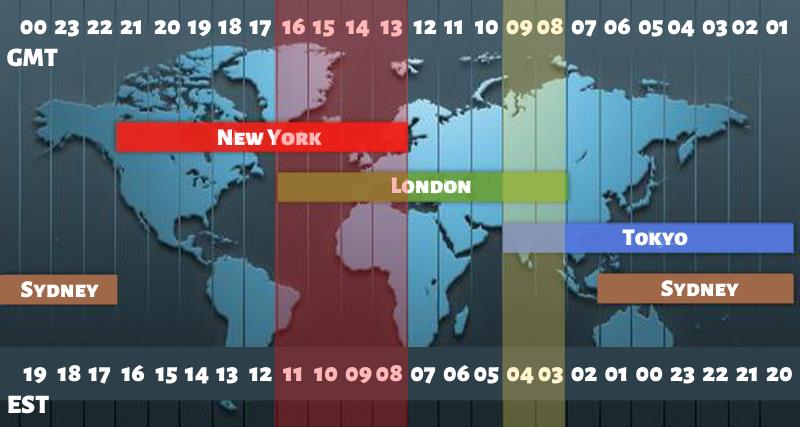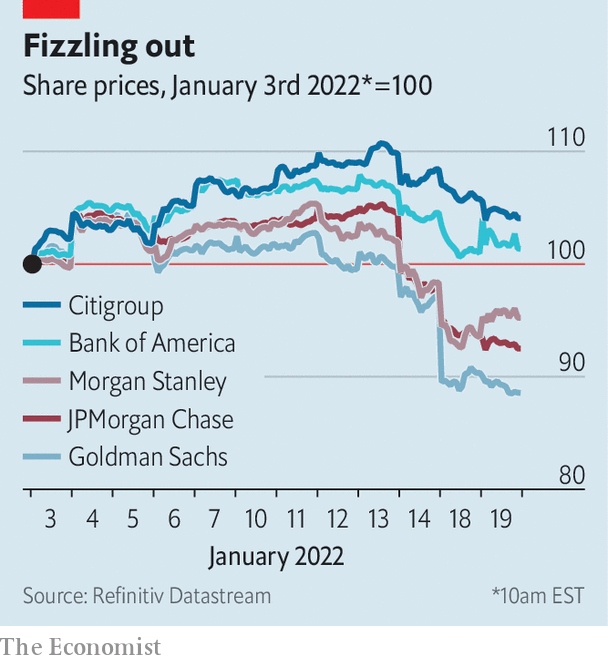
There are many strategies available for trading foreign currencies. Spread betting, Forex derivatives, as well as currency swaps, are some of the options. You should choose the method that is most suitable for you and stick to it. A lot of losses could result if you don't. OTC foreign currencies trading requires dealing with principals. Trader may also lose their principals if they become insolvent or lose their money. Therefore, trades are not subject to a high recovery rate.
Spot FX
Spot FX is a form of currency trading. This type of trading allows two parties to buy and sell one currency at a fixed exchange rates on a specified date. This is also known as the "spot price" since the transaction occurred at a certain time, place, or exchange rate.

Spread betting
Spread betting is a popular way to invest in foreign exchange markets. Retail investors love spread betting because it is low-risk and offers tax-free growth. Foreign currency trading is a major part of spread betting, accounting for 42%.
Forex derivatives
Forex derivatives allow you to trade currencies at a certain price at a later date. These contracts are also known as forward contracts. They are used by sellers and investors to protect their investments, as well as buyers who want to receive future payments.
Swaps of currencies
Currency swaps involve agreements between two parties where they exchange currency equivalents for a defined term (typically a year). Both parties agree to pay an equal interest rate over the agreed time. Fixed or floating interest rates are possible. You can negotiate with the other party about the exchange rate, maturity, principal and interest payments cycles, as well as settlement arrangements.
Position limit
A position limit refers to a limitation on the number or contracts that you can keep on a foreign exchange. These limits are set by the Exchange for each class or series of currency that you trade.

Loss limit
Forex trading strategies should include a loss limit or stop order. A loss limit order is a way for traders to reduce risk and minimize potential losses and profits. A stop loss order is a common tool in forex trading. However, a loss limit order can also be used.
FAQ
What is a Bond?
A bond agreement is an agreement between two or more parties in which money is exchanged for goods and/or services. It is also known simply as a contract.
A bond is usually written on a piece of paper and signed by both sides. This document details the date, amount owed, interest rates, and other pertinent information.
A bond is used to cover risks, such as when a business goes bust or someone makes a mistake.
Sometimes bonds can be used with other types loans like mortgages. This means that the borrower must pay back the loan plus any interest payments.
Bonds can also raise money to finance large projects like the building of bridges and roads or hospitals.
When a bond matures, it becomes due. That means the owner of the bond gets paid back the principal sum plus any interest.
Lenders are responsible for paying back any unpaid bonds.
How do I choose a good investment company?
It is important to find one that charges low fees, provides high-quality administration, and offers a diverse portfolio. Commonly, fees are charged depending on the security that you hold in your account. While some companies do not charge any fees for cash holding, others charge a flat fee per annum regardless of how much you deposit. Some companies charge a percentage from your total assets.
It's also worth checking out their performance record. Companies with poor performance records might not be right for you. You want to avoid companies with low net asset value (NAV) and those with very volatile NAVs.
You also need to verify their investment philosophy. A company that invests in high-return investments should be open to taking risks. If they are unwilling to do so, then they may not be able to meet your expectations.
Can bonds be traded
Yes, they are. They can be traded on the same exchanges as shares. They have been trading on exchanges for years.
The main difference between them is that you cannot buy a bond directly from an issuer. You must go through a broker who buys them on your behalf.
It is much easier to buy bonds because there are no intermediaries. This means you need to find someone willing and able to buy your bonds.
There are several types of bonds. Some bonds pay interest at regular intervals and others do not.
Some pay interest every quarter, while some pay it annually. These differences make it easy compare bonds.
Bonds can be very helpful when you are looking to invest your money. In other words, PS10,000 could be invested in a savings account to earn 0.75% annually. This amount would yield 12.5% annually if it were invested in a 10-year bond.
If all of these investments were accumulated into a portfolio then the total return over ten year would be higher with the bond investment.
What's the difference between a broker or a financial advisor?
Brokers are people who specialize in helping individuals and businesses buy and sell stocks and other forms of securities. They manage all paperwork.
Financial advisors can help you make informed decisions about your personal finances. They help clients plan for retirement and prepare for emergency situations to reach their financial goals.
Banks, insurance companies or other institutions might employ financial advisors. They may also work as independent professionals for a fee.
You should take classes in marketing, finance, and accounting if you are interested in a career in financial services. Also, you'll need to learn about different types of investments.
Statistics
- US resident who opens a new IBKR Pro individual or joint account receives a 0.25% rate reduction on margin loans. (nerdwallet.com)
- For instance, an individual or entity that owns 100,000 shares of a company with one million outstanding shares would have a 10% ownership stake. (investopedia.com)
- "If all of your money's in one stock, you could potentially lose 50% of it overnight," Moore says. (nerdwallet.com)
- The S&P 500 has grown about 10.5% per year since its establishment in the 1920s. (investopedia.com)
External Links
How To
How to open and manage a trading account
First, open a brokerage account. There are many brokers that provide different services. Some brokers charge fees while some do not. Etrade, TD Ameritrade and Schwab are the most popular brokerages. Scottrade, Interactive Brokers, and Fidelity are also very popular.
Once you've opened your account, you need to decide which type of account you want to open. You can choose from these options:
-
Individual Retirement Accounts, IRAs
-
Roth Individual Retirement Accounts
-
401(k)s
-
403(b)s
-
SIMPLE IRAs
-
SEP IRAs
-
SIMPLE 401(k)s
Each option offers different advantages. IRA accounts have tax advantages but require more paperwork than other options. Roth IRAs are a way for investors to deduct their contributions from their taxable income. However they cannot be used as a source or funds for withdrawals. SIMPLE IRAs have SEP IRAs. However, they can also be funded by employer matching dollars. SIMPLE IRAs can be set up in minutes. They enable employees to contribute before taxes and allow employers to match their contributions.
Finally, determine how much capital you would like to invest. This is also known as your first deposit. You will be offered a range of deposits, depending on how much you are willing to earn. For example, you may be offered $5,000-$10,000 depending on your desired rate of return. This range includes a conservative approach and a risky one.
You must decide what type of account to open. Next, you must decide how much money you wish to invest. Each broker sets minimum amounts you can invest. These minimums vary between brokers, so check with each one to determine their minimums.
Once you have decided on the type of account you would like and how much money you wish to invest, it is time to choose a broker. Before selecting a broker to represent you, it is important that you consider the following factors:
-
Fees - Be sure to understand and be reasonable with the fees. Many brokers will offer trades for free or rebates in order to hide their fees. However, some brokers raise their fees after you place your first order. Avoid any broker that tries to get you to pay extra fees.
-
Customer service: Look out for customer service representatives with knowledge about the product and who can answer questions quickly.
-
Security - Make sure you choose a broker that offers security features such multi-signature technology, two-factor authentication, and other.
-
Mobile apps – Check to see if the broker provides mobile apps that enable you to access your portfolio wherever you are using your smartphone.
-
Social media presence - Check to see if they have a active social media account. It may be time to move on if they don’t.
-
Technology - Does this broker use the most cutting-edge technology available? Is the trading platform user-friendly? Are there any problems with the trading platform?
After choosing a broker you will need to sign up for an Account. Some brokers offer free trials. Others charge a small amount to get started. After signing up, you will need to confirm email address, phone number and password. You will then be asked to enter personal information, such as your name and date of birth. Finally, you'll have to verify your identity by providing proof of identification.
After you have been verified, you will start receiving emails from your brokerage firm. These emails contain important information and you should read them carefully. For instance, you'll learn which assets you can buy and sell, the types of transactions available, and the fees associated. Track any special promotions your broker sends. You might be eligible for contests, referral bonuses, or even free trades.
Next, open an online account. An online account can usually be opened through a third party website such as TradeStation, Interactive Brokers, or any other similar site. Both sites are great for beginners. You will need to enter your full name, address and phone number in order to open an account. After this information has been submitted, you will be given an activation number. This code will allow you to log in to your account and complete the process.
After opening an account, it's time to invest!